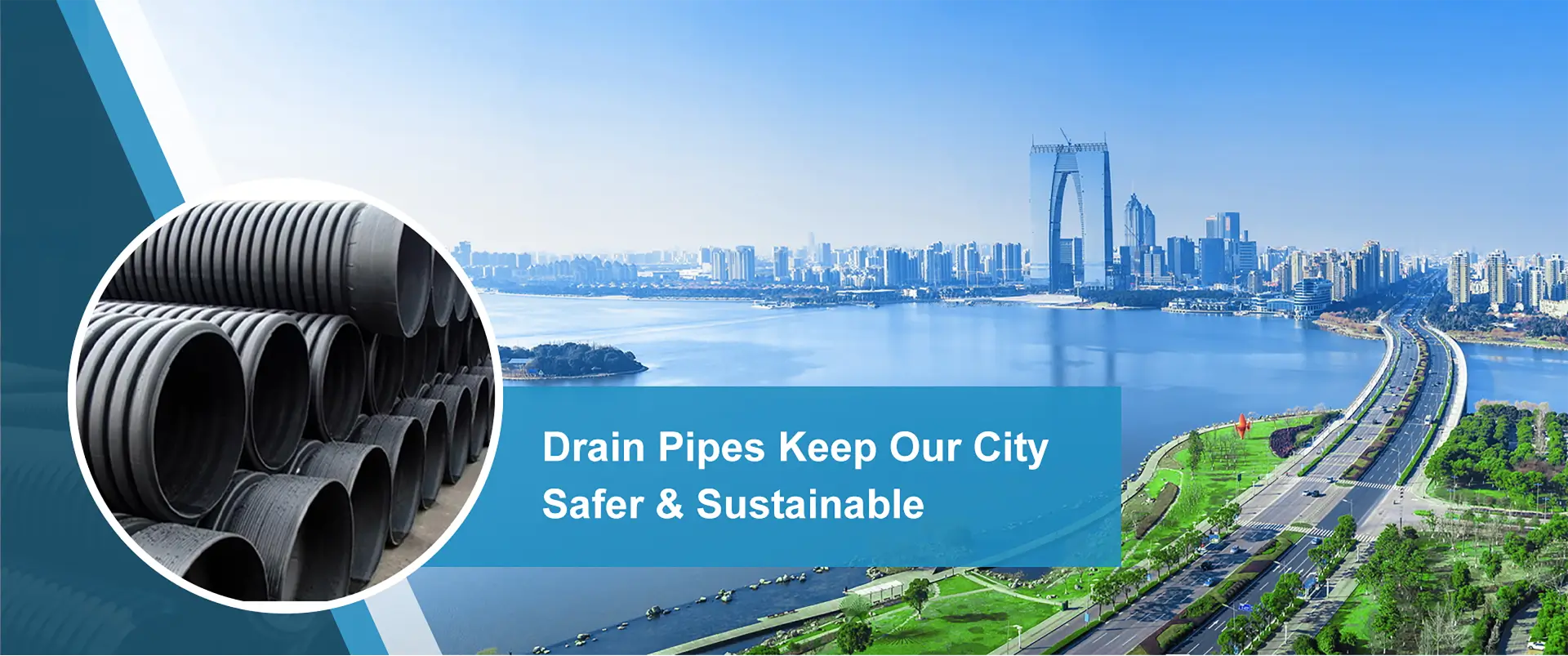Oct . 05, 2024 18:08 Back to list
Understanding HDPE Pipe Sizes and Their Applications in Various Services
Understanding HDPE Pipe Sizes and Their Services
High-Density Polyethylene (HDPE) pipes have gained significant popularity in various industries due to their excellent properties, such as corrosion resistance, lightweight nature, and high durability. This versatility makes them suitable for a range of applications, from water distribution to sewage systems, agricultural irrigation, and even industrial processes. A fundamental aspect of utilizing HDPE pipes effectively is understanding their sizes and how they relate to their service applications.
Understanding HDPE Pipe Sizes and Their Services
One of the primary standards used for HDPE pipe sizing is the American Society for Testing and Materials (ASTM) designations, which offer guidelines on dimensions and tolerances. For instance, the ASTM D3035 standard outlines dimensions for HDPE pipes intended for water distribution and sewage applications. This ensures consistency and reliability across different manufacturers and applications.
hdpe pipe sizes service

Another critical factor to consider is the pipe's Pressure Class, which indicates the pressure rating that the pipe can safely withstand. For example, HDPE pipes are categorized into SDR (Standard Dimension Ratio) classes, which help identify the wall thickness relative to the pipe's diameter. A lower SDR number indicates a thicker wall, which can manage higher pressure applications effectively.
Choosing the right size of HDPE pipe for a specific service is essential not only for operational efficiency but also for long-term cost savings. Over-sizing a pipe can lead to inefficient flow and increased energy usage, while under-sizing can cause system failures and maintenance issues. Therefore, it is important to carry out a thorough analysis of the flow requirements, pressure ratings, and operational conditions before selecting the appropriate pipe size.
In conclusion, understanding HDPE pipe sizes is vital for ensuring the integrity and efficiency of various systems. By adhering to established standards and considering key factors such as diameter, wall thickness, and pressure ratings, you can choose the right HDPE pipe for your specific service needs. As industries continue to recognize the advantages of HDPE, knowledge about pipe sizing will remain a crucial component for successful implementation and long-term sustainability.
-
High-Quality PVC Borehole Pipes Durable & Versatile Pipe Solutions
NewsJul.08,2025
-
High-Quality PVC Perforated Pipes for Efficient Drainage Leading Manufacturers & Factories
NewsJul.08,2025
-
High-Quality PVC Borehole Pipes Durable Pipe Solutions by Leading Manufacturer
NewsJul.08,2025
-
High-Quality PVC Borehole Pipes Reliable PVC Pipe Manufacturer Solutions
NewsJul.07,2025
-
High-Quality UPVC Drain Pipes Durable HDPE & Drain Pipe Solutions
NewsJul.07,2025
-
High-Quality Conduit Pipes & HDPE Conduit Fittings Manufacturer Reliable Factory Supply
NewsJul.06,2025

